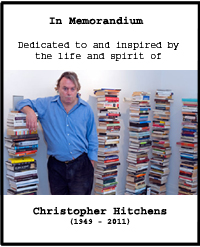What I knew before even opening this book, was that even though it was written in the late eighties, the authors chose to focus on the films of the fifties and sixties. In discussing the introduction, the exploration, then the shifting influence, presence and depiction of psychology in cinema, the authors felt it best to focus on the films made during this exact period in time when it was actually happening. This point I understand and even appreciate, but not being able to recall the scenes personally diminishes the impact of their thesis, thus the book. Occasionally, the modern staples of this genre – One Flew Over the Cuckoo’s Nest, Ordinary People, etc. crop up, but most are relatively obscure films experimenting with psychiatry at the very same time as psychiatry was experimenting with us.
Its a very interesting story tracing the development of the various psychiatric thoughts from a few individuals to an industry through the medium of film. The authors main theme is that the writers of screenplays were very in tune to all mental view points, and treatments, and stigmata’s, and labels, and follies, and all did their best to portray each of these angles in film.
Early on, due to Freud and the likes, the character of the psychiatrist was depicted as the stogy, English know-it-all with a pipe, a beard and a leather couch. As this image broke down in society, with other psychiatric schools of thought and viewpoints weaving themselves into public consciousness, so too did this character change when their flickering image was projected onto celluloid. Once stogy and old, now younger, good looking and carefree. Once too much an intellectual, thus alienated by his abilities, now a loveable misguided human himself working things out simultaneously with his patient. In addition to the influence of the changing psychiatric industry was the impact of the war, of equal right for woman, of civil rights, of the cold war, all events that became fodder for the psychiatrist in explaining and ‘curing’ the masses. The authors cite the origin of a film like The Invasion of the Body Snatchers to society’s concern and anxiety about the Cold War.; the manifestation of homosexuality and cross dressing issues cropped up in Dressed to Kill and Psycho; the effect or discovery of multiple personalities in a films like The Three Faces of Eve; the sanity of doctor patient relationships in Lovesick and Now Voyager.
A recurring theme in the book was that not only were films influenced by what it saw happing in society, the authors tell us it is a fact that films have also changed psychiatry. The maverick films of the day depicting doctors as raving lunatic themselves, (What’s New Pussycat), scenes of under-funded and atrociously staffed and maintained mental hospitals doing more damage to patients than good, (Cuckoo’s Nest, The Hospital), and nihilistic films where the mentally suffering protagonist is forever doomed and labeled incurable, Stardust Memories, did a tremendous amount to alter societies viewpoints as well.
I finished the book thinking two things: The first was wishing they would write a follow up to this book with all the films I have ever seen.; The second, I thought a book like this written about tracing violence via film would be interesting. I then wiped, flushed and walked out of the bathroom and placed the book on the bottom self of my bookcase.

